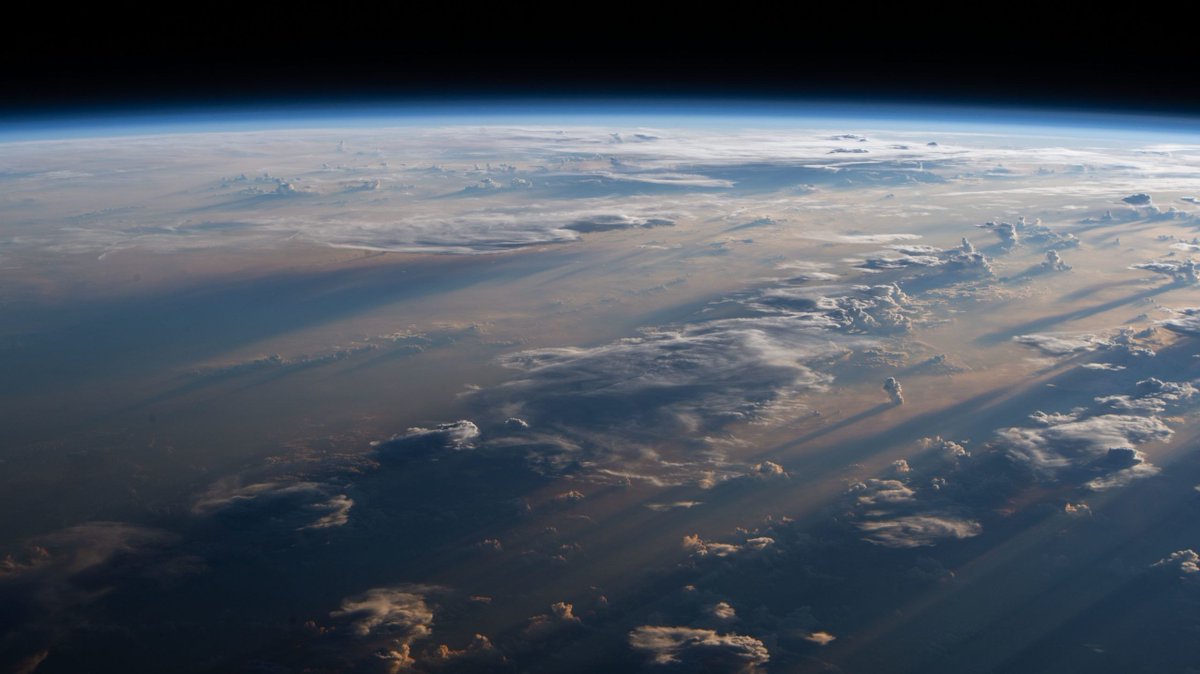
The burst that originated some 2.4 billion light-years away from Earth and struck the planet on 9 October last year may have led to changes in the upper ionosphere, according to a new study.

Starting around 60 km up, in the outermost layers of atmosphere carbon dioxide actually cools the atmosphere, causing it to shrink and contract. A cooling and shrinking MLT will lead to an increase in the longevity of space debris at higher altitudes

A team from NASA and NOAA found that the Earth’s “energy imbalance” doubled between 2005 and 2019. The Earth is absorbing more energy than it was emitting.

Scientists from Scripps and the NOAA reported that levels of atmospheric carbon dioxide peaked in May, reaching a monthly average of nearly 419 parts per million.

Scientists have found that lightning bolts and, surprisingly, subvisible discharges that cannot be seen by cameras or the naked eye lead chemical reactions breaks down molecules like the greenhouse gas methane.

30 years on ozone hole healing is proving painfully slow. New discoveries about chemicals not covered by the Montreal protocol are raising fears that full recovery could be postponed into the 22nd century — or possibly even prevented altogether.

In a first-of-its-kind study, scientists will disperse aerosols into the stratosphere in initial tests of a controversial technique for blocking incoming solar radiation.

Geoengineering is one of those things that sounds like maybe a good idea on paper but could also go horribly wrong.

Humanity is about to deepen its understanding of Earth's winds. The European Space Agency has secured a rocket launch deal for its wind-tracking Aeolus satellite, which is now expected to enter orbit before the end of 2017.